If you’re wondering ‘Where is Jura?’ you’re probably not alone. This largely overlooked wine region lies in eastern France, near the border of Switzerland, and is often overshadowed by its neighbouring region, Burgundy.
At one time, people would have remarked that Jura is merely the town you pass through on your way to Burgundy or Champagne and that their wines are ‘faulty’ or off. But these days Jura is picking up traction as it is one of the smallest organic wine regions in the world and who doesn’t love an alternative pino au naturale right now?!
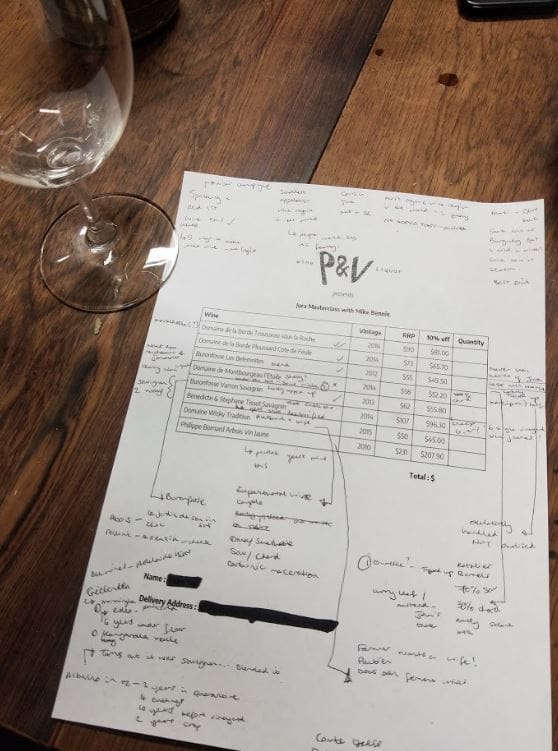
I recently went to a Jura Masterclass with the legend Mike Bennie at P&V Wines in Sydney’s quirkiest suburb, Newtown. If you want a good night, good wine and some top knotch knowledge thrown in I’d highly recommend checking out P&Vs events line up for more classes. So in this post I’m bringing you the breakdown of Jura with snippets of what I learned from our sesh.
Red, white or rosé?
Jurans(?!) pride themselves on their white wines so if you find yourself wine tasting in Jura, know that they will start you off on the red first, followed by the sparkling. This is purely because they save their pride and joy whites until last and leave the neighbours to take care of the reds and champagnes they already dominate in.
How’s the soil though?
The soil in the area is marl, with the best version being blue marl. It’s the same soil as in Burgundy but in winter it gets much colder. In saying that, the soil is the same come growing and picking times so both areas win there. Marl is known for producing world-acclaimed wines such as the pinot noir, Vosne-Romanée thanks to it’s clay-limestone properties. Pinot noir = yum.
Which grapes will you find in Jura?
You’ll find the old favourites, chardonnay and pinot noir as the primary grape varieties but the grapes native to Jura are the white grape Savignan (produces Vin Jaune, which we’ll get to) and the red grapes, Trousseau and Ploussard.
So how is their wine produced?
Now here’s the special bit. Jura has two main ways they produce wine; “Sous voile” meaning under the veil and “Ouillé” meaning topped up. Fancy huh?Starting with sous voile, Vin Jaune (or yellow wine) which comes from the savignan grape is graciously described as “oxidatively handled”. Basically, producers let the wine oxidise and evaporate in the barrel without topping it up. The wine level drops lower and lower and the yeast cap grows on top, leaving the wine under it’s so called veil. The result is a wine that tastes similar to sherry without the fortification but with the same rich style and nutty flavours. Only in Jura! Pop over to my blog on why you shouldn’t write off chardonnay to read more on a sous voile chardy I tried in our P&V sesh.
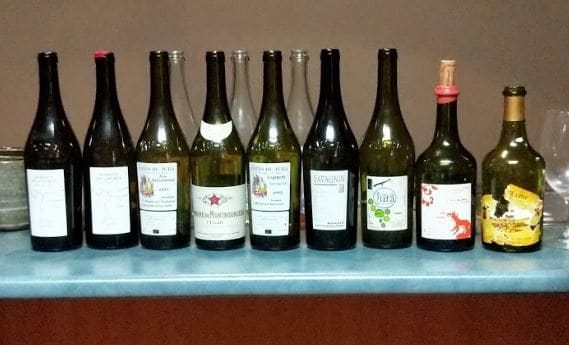
Ouillé is the topped up version – where the barrels are filled up and the wine is protected from air and oxygen. This is the more standard way to make wines, but not in Jura. It’s outside of the line they normally toe. But these are some of the best wines Jura has to offer, alongside it’s usual quirky wines under the veil. A fully topped up wine we tried was from Buronfosse Varron Savagnin which I’d recommend (if you have $60 to play with ya big baller, you!).
In a nutshell, Jura is known for it’s gourmet whites and unusual winemaking with no packet yeast added and only naturally occurring yeasts included in production making for some different but tasty vinos.
Which ones should I try and where can I get it?
If you’re on a budget I’d suggest Domaine Wicky Tradition, 2015 at a more accessible $50. Made by a husband and wife duo who like to experiment with wine, they’ve made a savignan and chardonnay blend that is produced using carbonic maceration and is v v smashable. Lush!
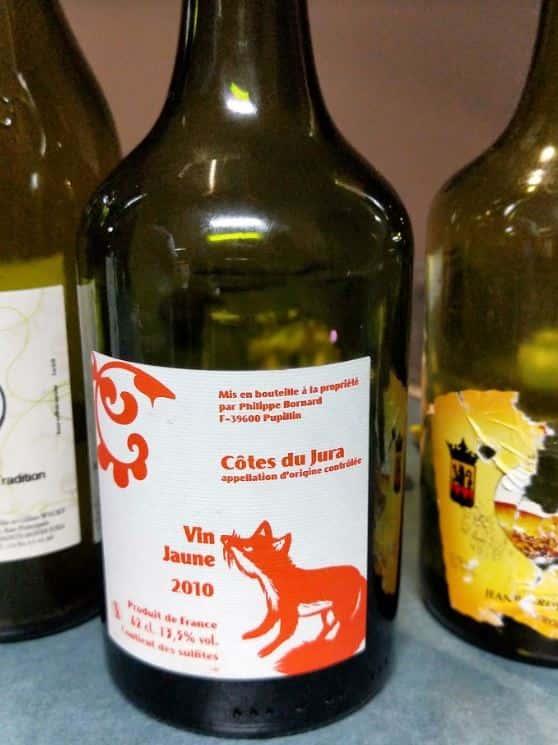
Got some cash to blow? Go forth, find Vin Jaune! The one we tried was a 2010 Philippe Bornard Arbois Vin Jaune at a tasty $231. Intense flavs and those sherry vibes make for a special bottle of wine.
Despite white wine being the main act, the reds are glorious with my favourite coming from Trousseau – Domaine de la Borde Trousseau sous la Roche. How’s that for a mouthful? And a lovely mouthful it is – it’s light, refreshing with fresh fruit scent and black pepper hints in taste. Lovely if you don’t fancy the typical Jura wild whites.
Jura wines are few and far between so have a google, see what you can find and give them a go – you might find one in Dan Murphy’s otherwise you can find them in specialist wine shops like Porter’s Liquor in Pyrmont or at our mates at P&V.
What do I eat with wine from Jura?
Comte cheese is the food of choice to pair with wine from Jura. It’s a hard cheese made from unpasteurised cow’s milk, pale in colour and mild in taste with a slightly sweet touch to it. You should be able to pick it up in the supermarket but if you can’t find it, the closest cheese to it that you might know is gruyere.
Now, you can drink your wine with whatever cheese you like but as an FYI they don’t do soft cheese in Jura. It’s hard stuff only – when in Jura!

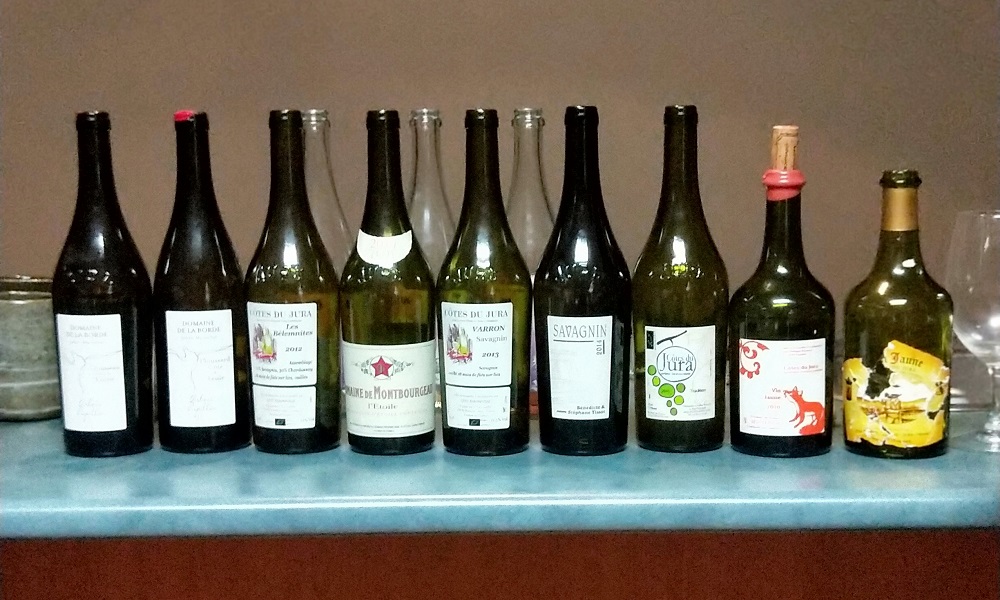
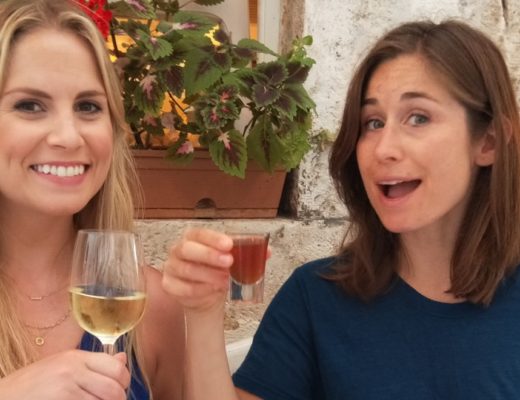
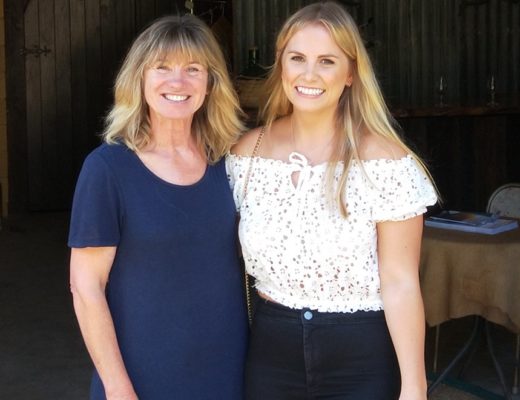
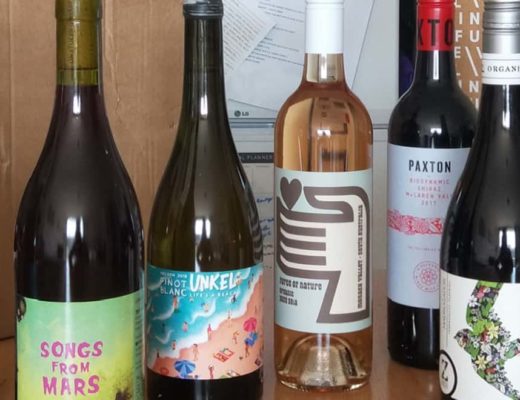
No Comments